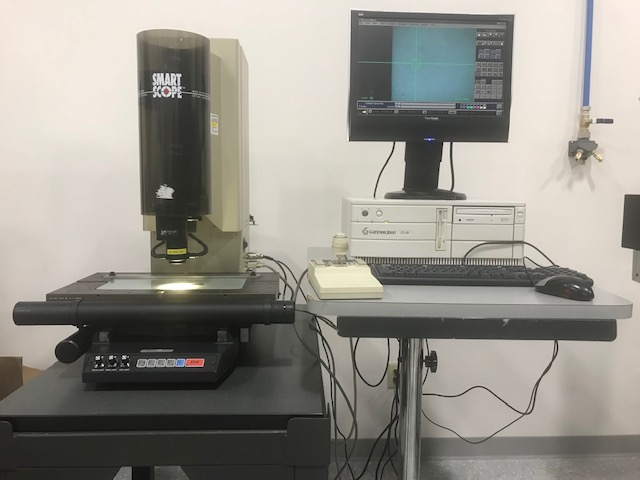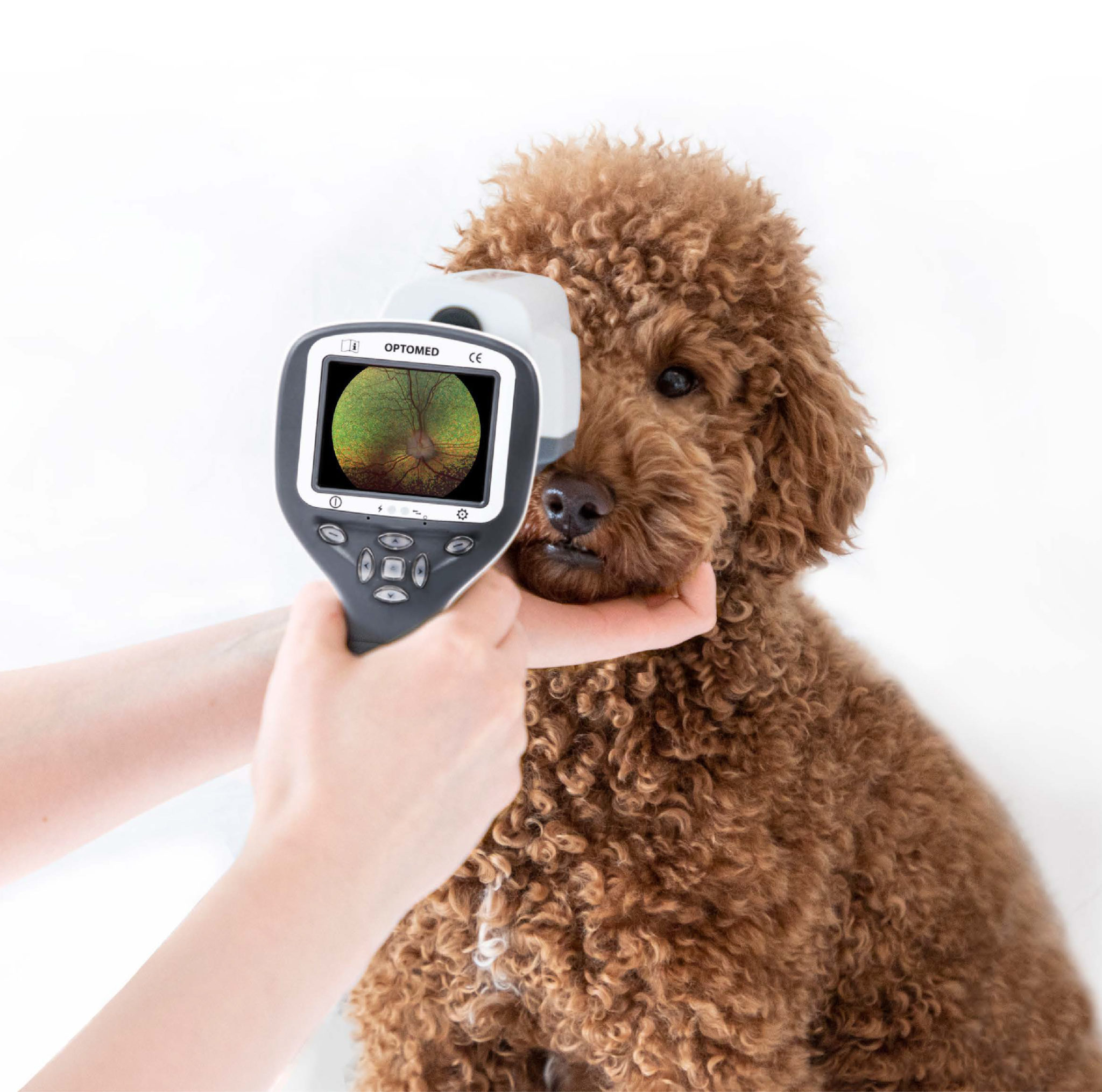

It's not that I don't want it, but i need to choose between them. I have parts literally the size of a grain of rice to the size of an eggplant. Rotary indexers allow automatic part rotation to present features to available sensors at set angles for subsequent measurements.My application incorporates molding, stamping, PCB boards, wires, plastics etc any switches you can think of that go into a car, such as window regulators, steering pad switches, seat regulators, these can be in the component stage, or assembled - depending on what needs to be measured on a daily basis.
#Smartscope vision system full
Dual-axis rotaries, comprised of two rotaries mounted together, provide full five-axis capabilities. Several combinations of rotaries are configurable, depending on the application and the machine’s available measurement envelope. Available with different capacities and resolutions, rotaries allow complete measurement in a single setup. Symmetric parts and parts with important features on many sides can be fully characterized on a SmartScope system with a rotary indexer. Rotary Devices (4th and 5th Axis) – There is a variety of rotary capabilities from indexers to true 4th and 5th axis rotary options.The on-axis, non-triangulation sensor is perfect for scanning surfaces that are adjacent to other features, such as the bottoms of slots or trenches.

#Smartscope vision system plus
The small spot-size and very long working distance enable the TeleStar Plus to measure deep inside recessed features that are not accessible by other means.

Through-the-lens operation means there is no offset between the optical and laser sensors. It boasts a working distance of 68 mm while optional objectives – in particular the 0.5× and 0.45× objective – enable an even greater working distance of 130 mm and 200 mm, respectively, with minimal degradation in the laser’s accuracy. TeleStar Plus Through-the-Lens (TTL) Laser – The TeleStar interferometric sensor – with built-in reference source – measures a wide range of materials and surface textures with extremely high accuracy.The DRS-500 includes the option of a blue laser emitter for measuring troublesome surfaces. DRS TM Laser – This side-mounted, deployable laser offers very high resolution even on specular surfaces that scatter the laser light resulting in noisy data.
.jpg)
The Rainbow Probe can measure translucent or specular materials that are not easily measured using triangular laser light. Rainbow Probe – This compact device projects white light onto a part’s surface, separating and analyzing the reflected light wavelengths to find a Z height with sub-micron accuracy.On a multisensor system, the optical sensor can precisely identify the location of these tiny features, while the Feather Probe measures inside them to ensure the internal feature dimensions are in tolerance Feather Probe TM – Designed to measure minute features too small or too sensitive for conventional touch trigger probing, this miniature probe uses a stylus as small as 0.125 mm, triggering with forces as low as 1 mg.Scanning Probe (SP25) – Similar to a touch trigger probe, this tool makes continuous contact with a part surface to gather high-density point data for accurate profile measurements.OGP’s unique probe-to-optics offset calibration ensures that all sensors are referenced to the same coordinate system, so measurements can use points from any sensor. Touch Trigger Probe (TP20/TP/200) – When features are to optics, such as the inside or a bore, the touch-trigger probe is the go-to solution.


 0 kommentar(er)
0 kommentar(er)
